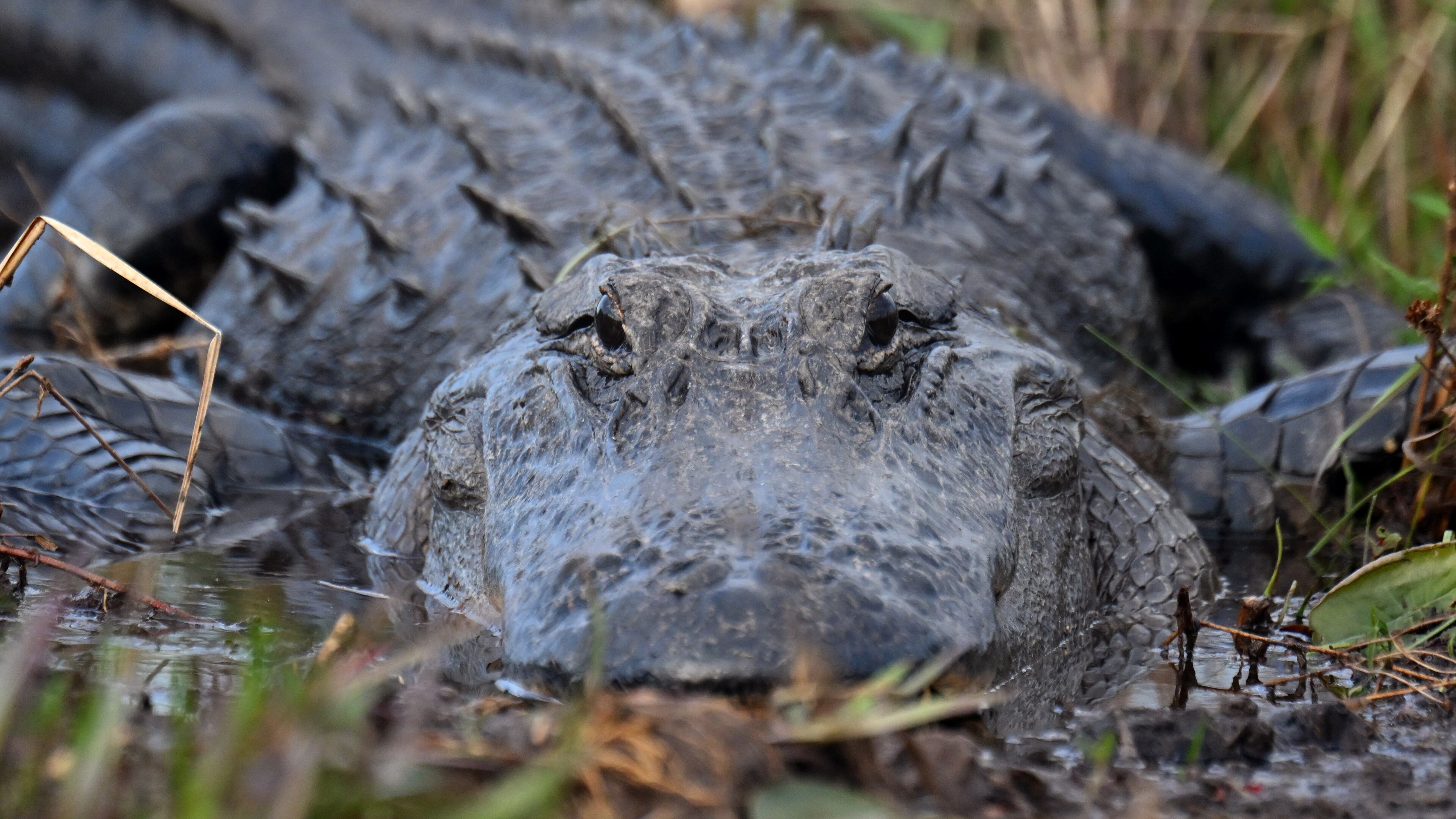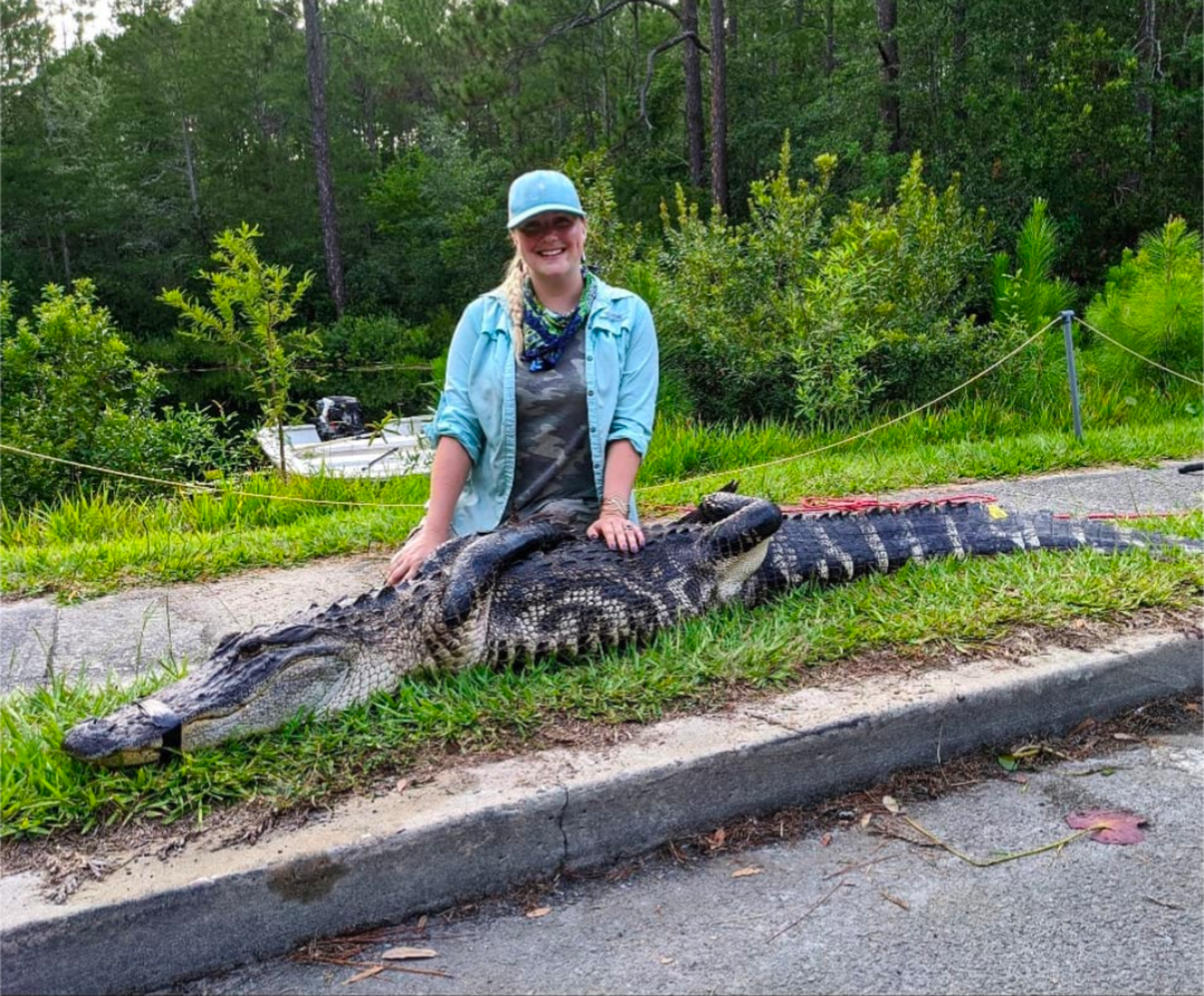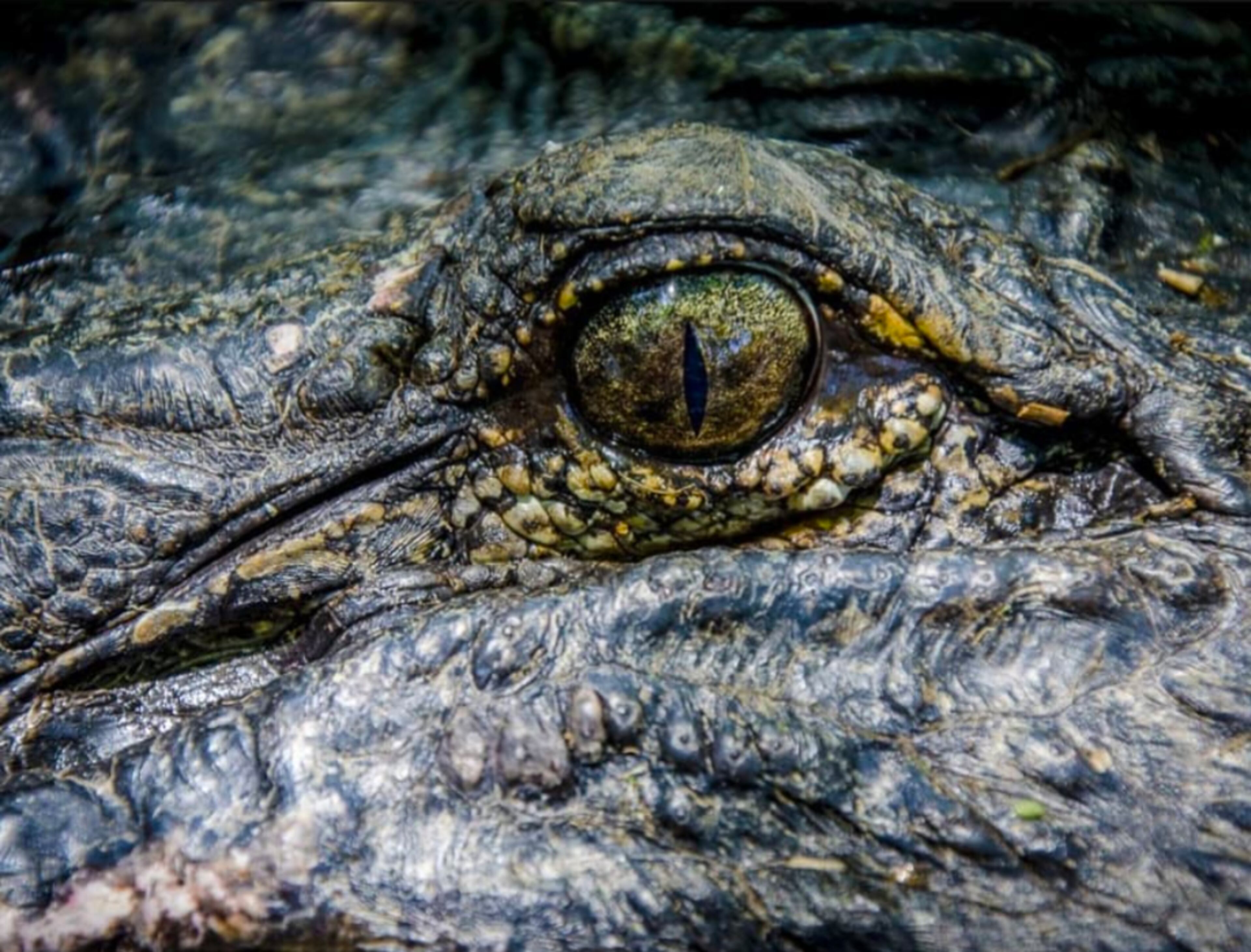There’s something toxic in the Okefenokee food chain, UGA study finds

There’s something in the water — and in the gators.
A University of Georgia ecotoxicology study found there may be elevated levels of mercury in Georgia’s Okefenokee Swamp.
Researchers from the University of Georgia’s Odum School of Ecology and Marine Extension and Georgia Sea Grant analyzed blood samples of more than 100 alligators across several months to determine how size and diet in the American alligator (Alligator mississippiensis) affect mercury accumulation.
The alligators were from the Okefenokee Swamp, Jekyll Island and Yawkey Wildlife Center in South Carolina. The study had a larger sample size than many prior, and also tagged live gators, as opposed to testing samples from animals already hunted and killed.
Gators in the Okefenokee Swamp were found to have mercury levels eight times higher than those from the two coastal sites.
The higher levels are likely due, at least in part, to the swamp’s acidity, which increases methylization of mercury and turns it into a form that is more easily able to attach to fatty tissue or enter the bloodstream, according to lead author and Odum graduate Kristen Zemaitis.

But the location wasn’t the only factor that mattered. The study found that mercury concentrations were higher in older, bigger gators, likely because the animals have consumed more contaminated prey and the toxin building up over a longer time.
“Organisms can accumulate dangerous levels over the course of a life span,” Benjamin Parrott, an associate professor at UGA’s Savannah River Ecology Laboratory and Odum School and co-author of the study, told UGA Today. “What our study shows is that as alligators grow and start to eat larger animals, this increases the amount of mercury they accumulate.”
However, mercury levels were also passed on through generations: hatchlings appear to be inheriting their mothers’ mercury levels.
“We saw really high spikes of mercury in the biggest animals, and there was a really low dip where the animals are younger, and then the very young hatchlings had really high levels,” Zemaitis said.
The findings have prompted concerns about the levels of the heavy metal in environments downstream from industrial areas, where trace amounts of mercury are often already found, according to UGA Today. Not only is there concern for the health of the alligators, but for other creatures — including humans — that rely on these environments for food.
While the Okefenokee is a wildlife refuge, it shares waters with rivers that aren’t, meaning mercury contamination may be wider-reaching than the swamp itself, which could be detrimental to the health of people fishing or hunting in those areas.

The effects of mercury on alligators isn’t well-established in research, according to Zemaitis. It has been shown in other animals to lead to reproductive and cognitive issues. Mercury can be highly toxic, even deadly. However, reptiles like alligators appear to have a higher tolerance before showing effects or dying, Zemaitis said.
Alligators are an apex predator, so their mercury levels show how easily mercury is making its way up through the food chain. Previous work has found small amounts of the potentially dangerous metal accumulating in small swamp animals, though less information is available higher up the food chain.
There are still many unanswered questions that future studies could broach, such as how long mercury effects take to appear in gators, why they have a higher tolerance, how hatchlings might be affected by being born with mercury in their system or how much mercury actually transfers between each level of the food chain.
This study was essentially a snapshot, using only one-time samples from the gators, so that does limit how much can be extrapolated, especially about their diets and how that affects accumulation.
“We don’t know what they’ve eaten their entire lifetime,” Zemaitis said. “But it does give us an idea of where they’re getting the mercury from.”
Something else that’s still unclear and may inspire future research is where exactly the mercury is coming from and how it’s getting into this vast ecosystem, though there is at least a broad understanding. Zemaitis explained that most of the Okefenokee’s water comes from precipitation. Mercury gets in when it’s released from factories or other industrial sites as vapor, condenses into clouds and then comes down, sometimes far from where it started.
“Almost all mercury is going to be from anthropogenic activity,” Zemaitis explained.
She said she would like to pursue future research that identifies where the mercury originates and its larger effects on the ecosystem.
Having this understanding would also contribute to the area-specific advisories that give warnings about what not to eat or how often to eat it based on levels of mercury and other chemicals.
“There is a lot of work that already goes into that, but we could always learn more,” Zemaitis said.
While Zemaitis would not eat from the swamp, she still encourages people to visit and appreciate the beauty of it.
“It really is a beautiful ecosystem to experience,” she said.
The study was funded by the Jekyll Island Authority and the Okefenokee Swamp Park, and published in the peer-reviewed journal Environmental Toxicology and Chemistry.

